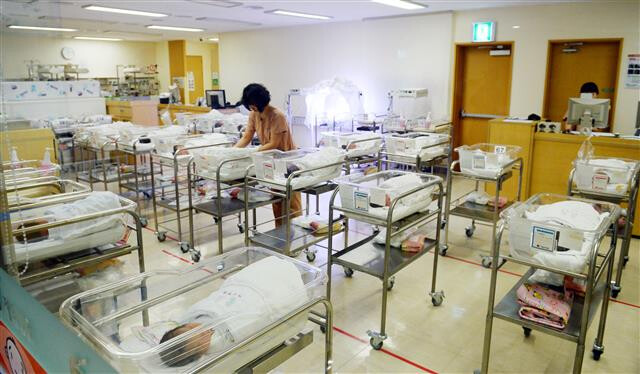
Seoul, South Korea – A new study has revealed a strong correlation between housing instability and lower birth rates in South Korea's metropolitan areas, particularly the Seoul metropolitan area. The research, conducted by the Korea Land and Housing Institute, found that while housing costs were a significant factor in the capital region, job opportunities played a more crucial role in determining birth rates in non-metropolitan areas.
The study, titled "The Relationship Between Regional Imbalance and Low Fertility: The Impact of Regional Employment and Housing Instability on Fertility Rates," analyzed data from across the country and included interviews with young adults in both Seoul and the cities of Busan and Changwon.
In the Seoul metropolitan area, housing prices and rental costs were found to have a significant negative impact on fertility rates. For every 10% increase in apartment rental prices, the total fertility rate decreased by 0.01 and the crude birth rate decreased by 0.09.
“I can imagine not having children if I had lived in Seoul from the beginning because of the enormous housing costs," said one young adult living in Seoul. Many interviewees expressed concerns about the high cost of living, long commute times, and a lack of family-friendly amenities.
In contrast, while housing costs were less of a concern in non-metropolitan areas, a shortage of quality jobs and the resulting outflow of young people were identified as major factors contributing to lower birth rates. The study found a strong correlation between employment stability indicators, such as job growth rates and employment rates, and fertility rates. Additionally, a 1% decrease in the net inflow of young people to a city or county was associated with a 0.03 decrease in the total fertility rate and a 0.20 decrease in the crude birth rate.
The lack of job opportunities, particularly for women, was highlighted as a significant barrier to starting families in non-metropolitan areas. "In this region, the only jobs available for women are clerical or part-time jobs," said a young woman from a non-metropolitan area.
The study concludes that the imbalance in population and economic activity between metropolitan and non-metropolitan areas is directly linked to the country's declining birth rate. To address this issue, the report recommends different policy approaches for each region. In metropolitan areas, the government should focus on creating more affordable housing options and improving the overall living environment for families with children. In non-metropolitan areas, the government should prioritize job creation, particularly in sectors that offer opportunities for women.
By understanding the specific challenges faced by different regions, policymakers can develop targeted interventions to address the root causes of low fertility rates and promote a more balanced and sustainable population distribution.
[Copyright (c) Global Economic Times. All Rights Reserved.]





























